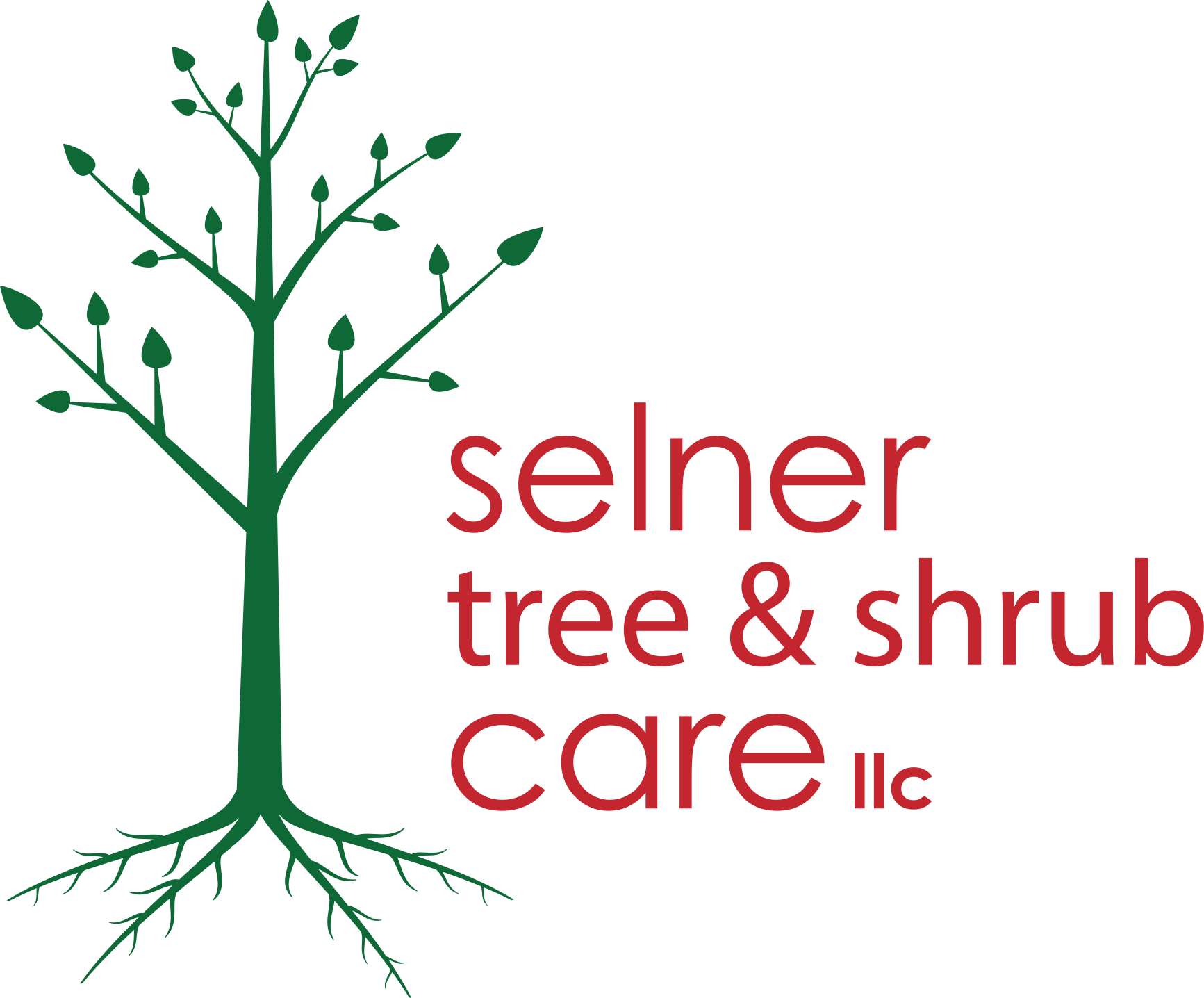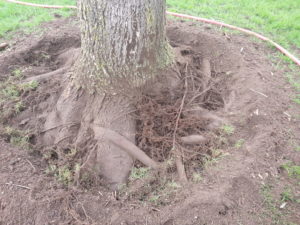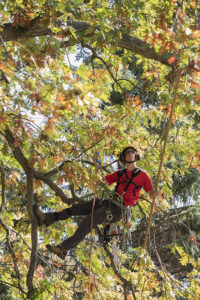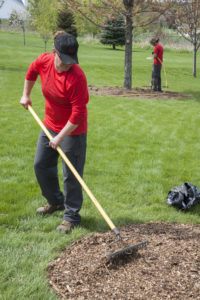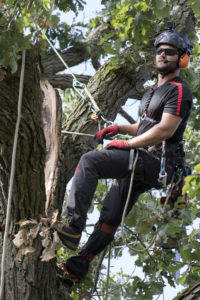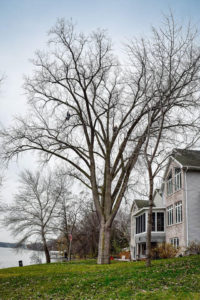It’s Spring
It is finally Spring and the leaves are finally coming out but… wait… why are my leaves falling off. It could be a common leaf disease called anthracnose. The disease is actually a fungi. No not a fun guy. A fungus. It is carried through the main leaf vein on deciduous trees. The disease produces a distinct fungal spot on the leaves and eventually the leaves fall off.
Anthracnose spreads when infected, dead leaves are left on the ground. During cold and wet springs, spores develop and are spread by the wind and splashing rain.
Managing a trees health is important for preventing and treating for anthracnose. While you can help by making sure infected leaves are cleaned up, an evaluation should be done by an arborist. Treatment plans are available through Tree Vitals by Selner Tree & Shrub Care. Please call our office for more information.
